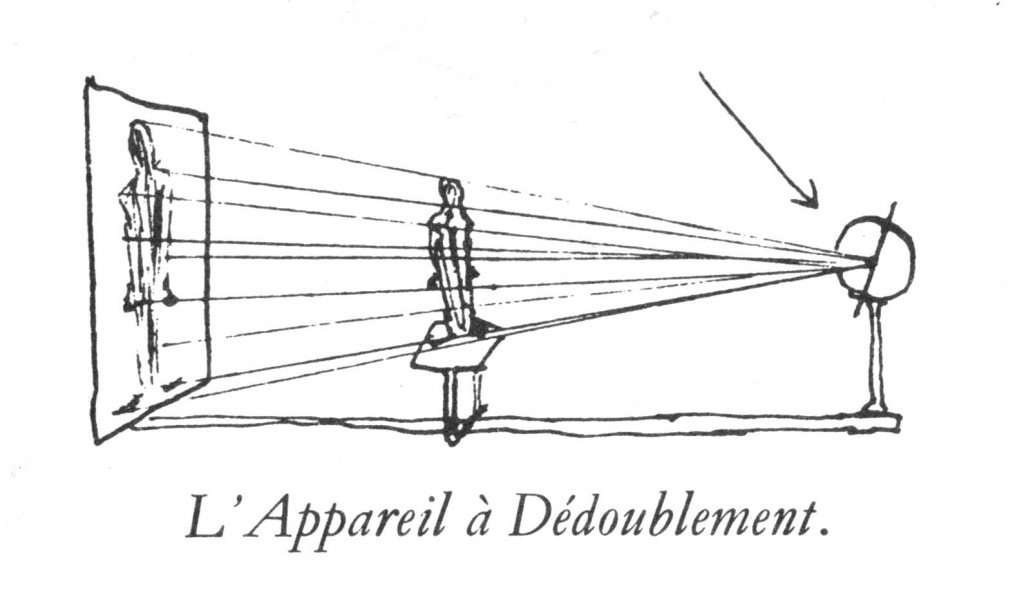My point, of course, is an anti-reductionist one. No amount of mapping of which synaptic vectors alight when can explain why I think that I should interpret a passage (or character, or author) one way rather than another. Nor can visual mapping, in and of itself, explain what I mean to do by interpreting a passage one way rather than another. And that’s because neither normative significance nor meaning is something that synapses, simply, have, and so normative significance and meaning aren’t things that we can, simply, see. Stating the position a bit more carefully: at least in the case of human perception—say, listening to a work of art or, more ordinarily, conversing with a familiar foe—there certainly are cases when normative significance and meaning can be seen and heard straightaway. Moreover, there are interpretive contexts when would-be explainers immediately perceive, and so can intelligibly claim to know, that a given subject is herself immediately perceiving the meaning of some object. But our best account of those instances proceeds…by placing those instances in the space of reasons.






